Top Articles on Strategy Execution – June 2021
Below is a curated list of our Monthly Top 10 articles in Strategy Execution for the month of June – as well as our quick comments on why we found them interesting!
As a quick reminder, below is a diagram of the categories of organizational capabilities for which adaptable is collecting and curating content.
FYI – We are now sharing our “Weekly” Top Picks. If you would like to receive these picks every Friday in your inbox, you can register here.

Top Ten List
| Rank | Title | Publisher | Category |
| 1 | The Global Applicability of Rendanheyi | Lina_HMI – Medium | Management Innovation |
| 2 | The Real Value of Middle Managers | HBR.org | Cultural Cohesion |
| 3 | Getting tangible about intangibles: The future of growth and productivity? | McKinsey & Company | Strategic Clarity |
| 4 | How the developer of a $1.4 billion real estate project plans to track its lofty goals | Fast Company | Prepared Minds |
| 5 | What Does It Take to Build a Culture of Belonging? | HBR.org | Cultural Cohesion |
| 6 | Why Companies Must Embrace Microservices and Modular Thinking | MIT Sloan Management Review | Management Innovation |
| 7 | The growth triple play: Creativity, analytics, and purpose | McKinsey & Company | Strategic Clarity |
| 8 | What every business leader should know about “knowledge reuse” | Fast Company | Prepared Minds |
| 9 | A new framing for cloud innovation | Deloitte | Enabling Technology |
| 10 | These immersive, virtual 3D models are helping plan the infrastructure of the future | Fast Company | Enabling Technology |
Editor’s Top Ten
1.
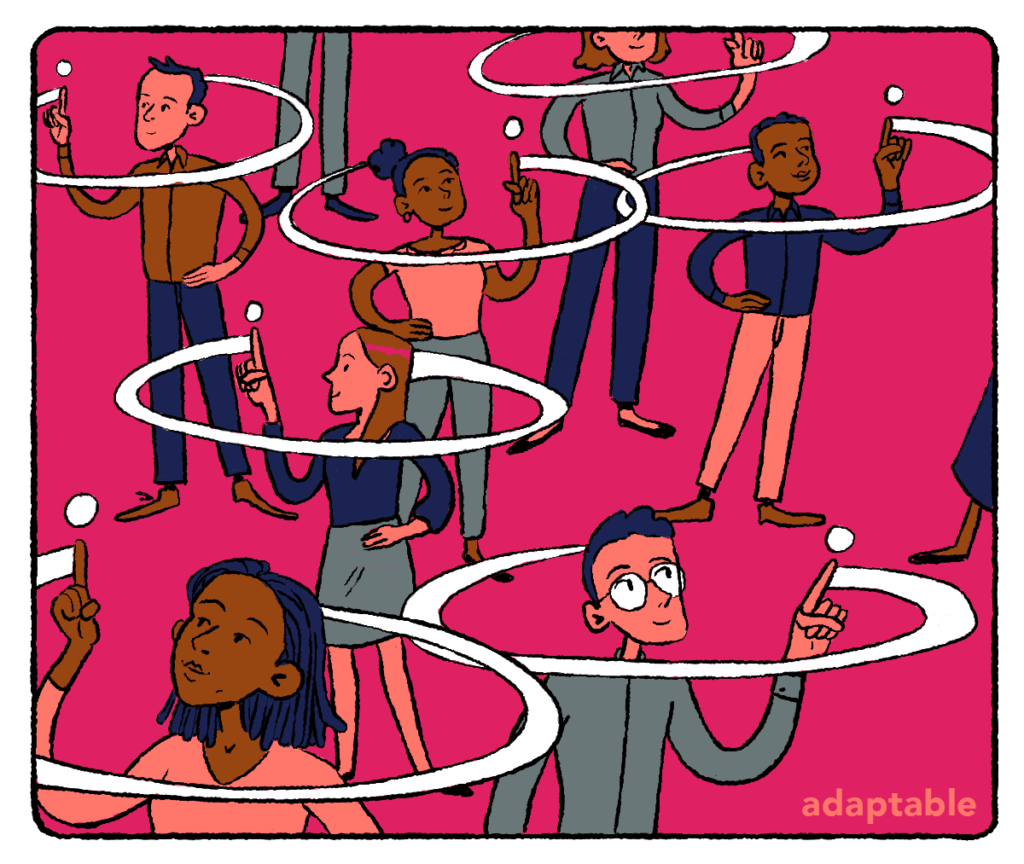
The Global Applicability of Rendanheyi (Lina_HMI – Medium)
by Lina_HMI
adaptable comment: With a keen interest in self-organizing management, I always like reading about the Rendanheyi model. This very short post explores Haier’s use of MEs (microenterprises) organized around its customers. The ME has “three essential rights: the right to make decisions, the right to hire talent, and the right to distribute compensation”. Some day in the future, I’d like to experience being part of an organization using this organizing model, or something comparable.
2.
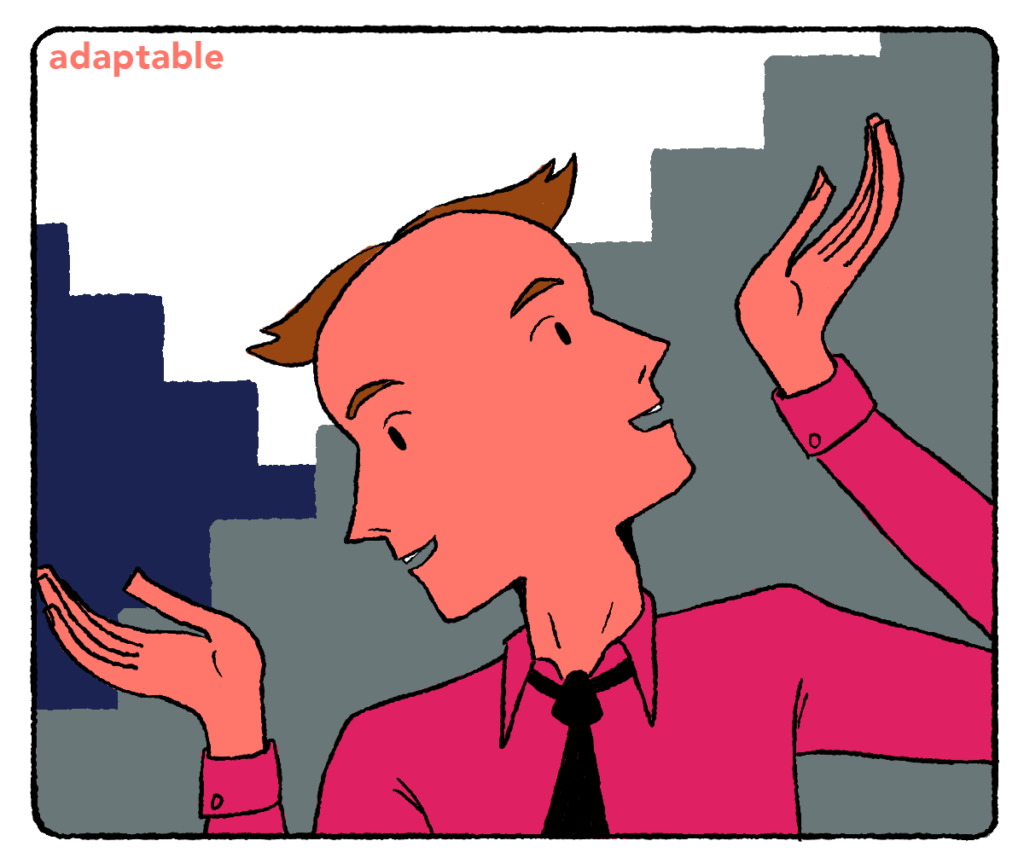
The Real Value of Middle Managers (HBR.org)
by Zahira Jaser
adaptable comment: Good article on the merits of middle managers in hierarchal organizations. I was struck by the definition of the four different types of value that middle managers provide as they bridge the gap between top executives and line workers. I’ve seen people get worn out playing the “Janus” role! I suspect that we should be mainly focused on doing away with strictly hierarchal models, but, in the meantime, I want to encourage all of you who are middle managers!
3.

Getting tangible about intangibles: The future of growth and productivity (McKinsey & Company)
by Eric Hazan, Sven Smit, Jonathan Woetzel, Biljana Cvetanovski, Mekala Krishnan, Brian Gregg, Jesko Perrey, and Klemens Hjartar
adaptable comment: Appreciated this article and its focus on how intangibles are being purposefully harnessed to develop core capabilities that differentiate a business for its customers. Those companies investing more in intangibles (innovation capital, digital and analytics capital, human and relational capital, and brand capital) are growing faster than those that do not. What intangibles is your business focused on developing?
4.
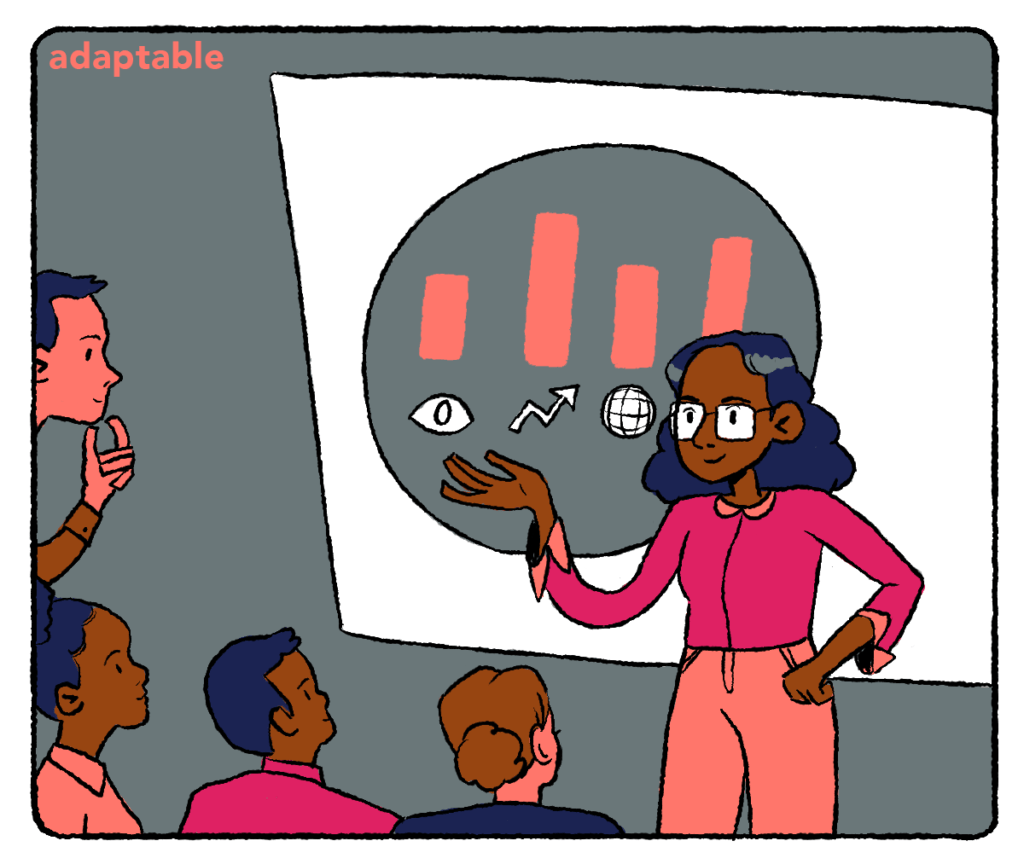
How the developer of a $1.4 billion real estate project plans to track its lofty goals (Fast Company)
by Nate Berg
adaptable comment: Appreciate the fact that, Dream, the developer behind a revitalization project (called Zibi) in downton Ottawa, has published a performance scorecard to track this development project. The scorecard freely shares progress against the promises that the company touted that the project would deliver (both financial and non-financial impacts). Exciting to see this level of transparency between a developer and the public. This should be an example to all of us who do project work.
5.
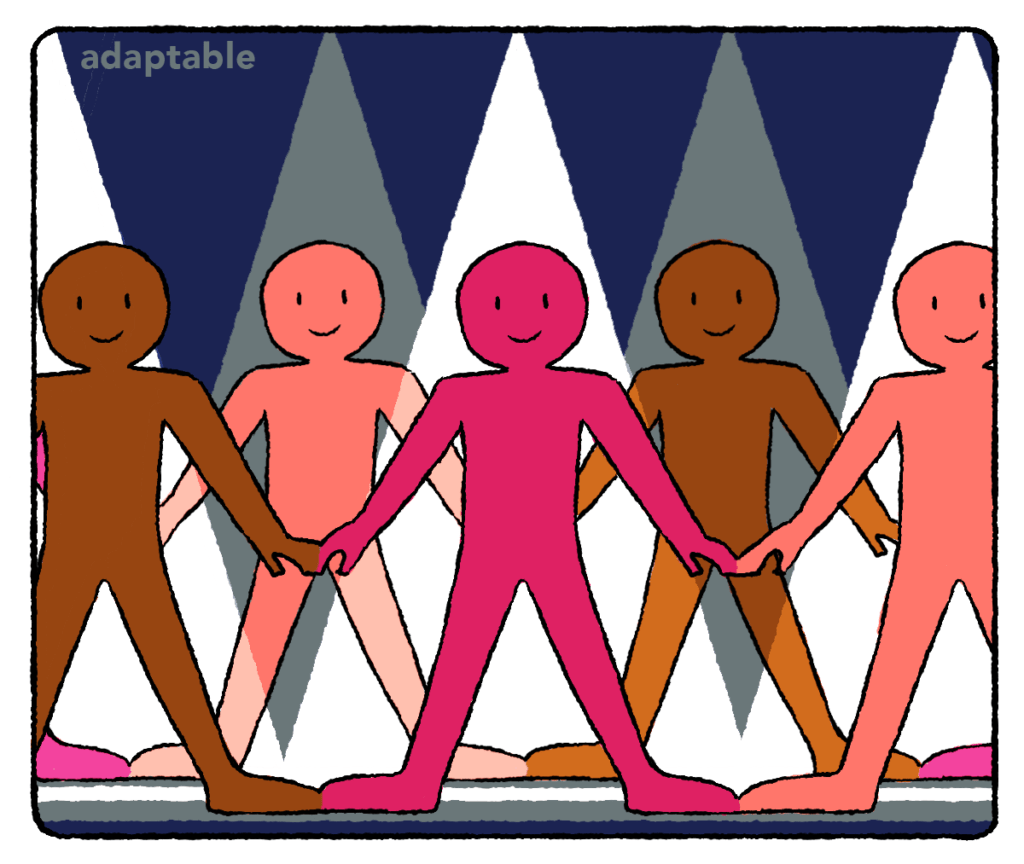
What Does It Take to Build a Culture of Belonging? (HBR.org)
by Julia Taylor Kennedy and Pooja Jain-Link
adaptable comment: Being in the midst of doing both personal introspection and an organizational assessment around racial justice, the exploration of “belonging” seems paramount. How do we make our organizations and cultures – places of belonging? This post shares what the authors say are quantifiable aspects of what it means to belong at work. This is an important topic for everyone to consider.
6.
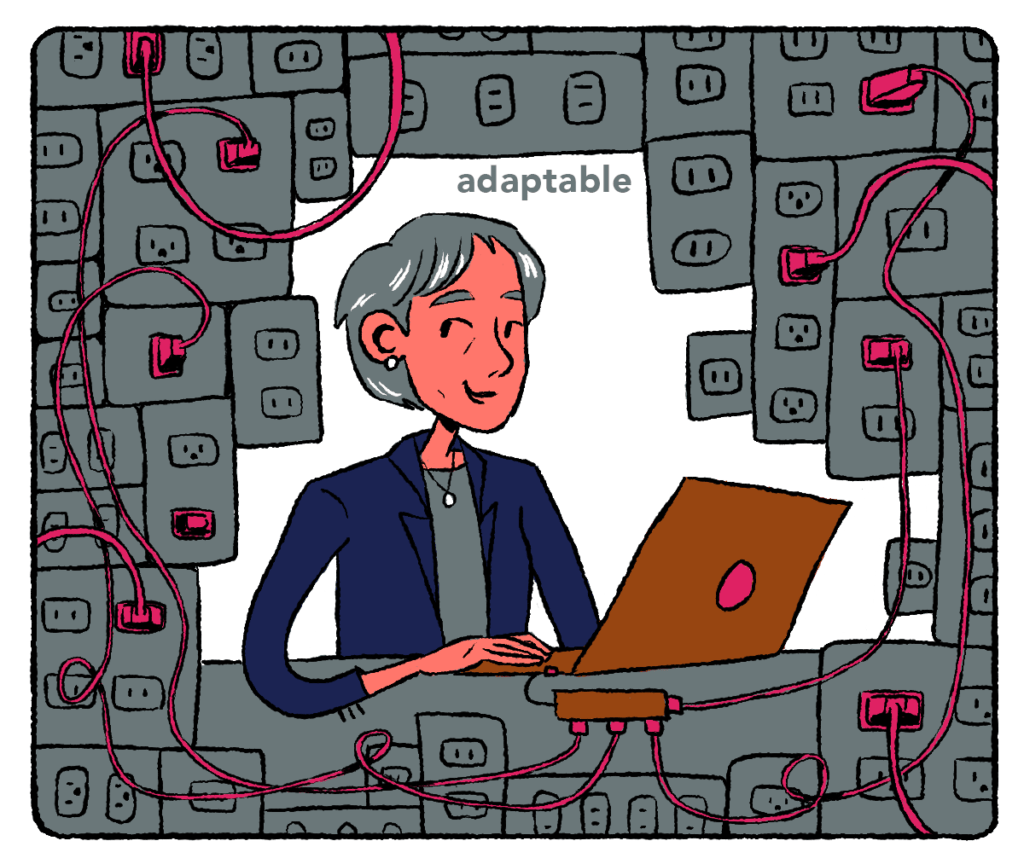
Why Companies Must Embrace Microservices and Modular Thinking (MIT Sloan Management Review)
by Mark J. Greeven, Howard Yu, and Jialu Shan
adaptable comment: I like this focus on reducing what the authors call “coordination complexity”. Beyond the simple administrivia and extreme time sink of many transactional encounters (and… acknowledging that this may be moving beyond the intent of the article), I think that much bureaucracy and debilitating power dynamics play out in process bottlenecks and/or with gatekeepers. This article explores how to simplify, if not automate, the interactions at the boundary of person-to-person or group-to-group work. I really appreciate the continued push to reckon with complexity and to think through new models that enable more time and more freedom for the life-giving aspects of work!
7.
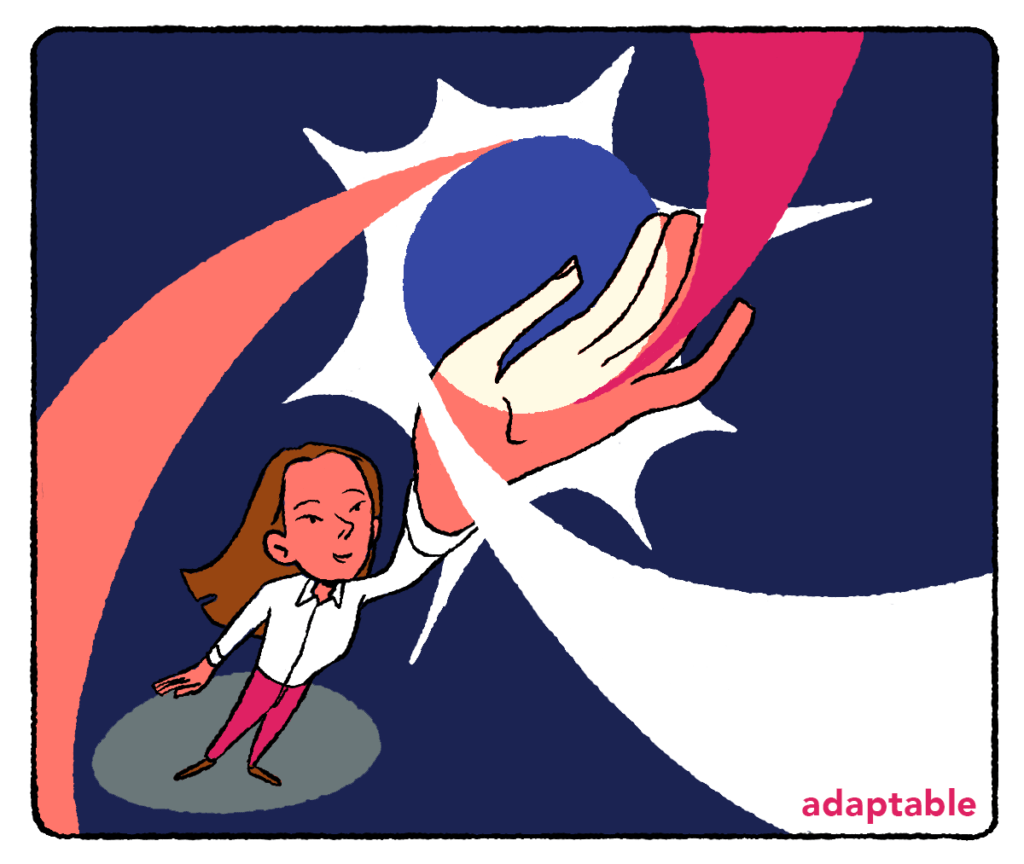
The growth triple play: Creativity, analytics, and purpose (McKinsey & Company)
by Biljana Cvetanovski, Orsi Jojart, Brian Gregg, Eric Hazan, and Jesko Perrey
adaptable comment: This article explores the advantages of deploying a triple-play of creativity, analytics, and purpose. The authors claim that those companies that do so reap a two to three fold growth advantage over those that do not. The authors then lay out some key tasks that CEOs and CMOs must consider to establish a cohesive set of the three capabilities. I’d honestly like to see the data set and to explore the approach to measurement for the three capabilities, but, with that said, it makes intuitive sense to me.
8.
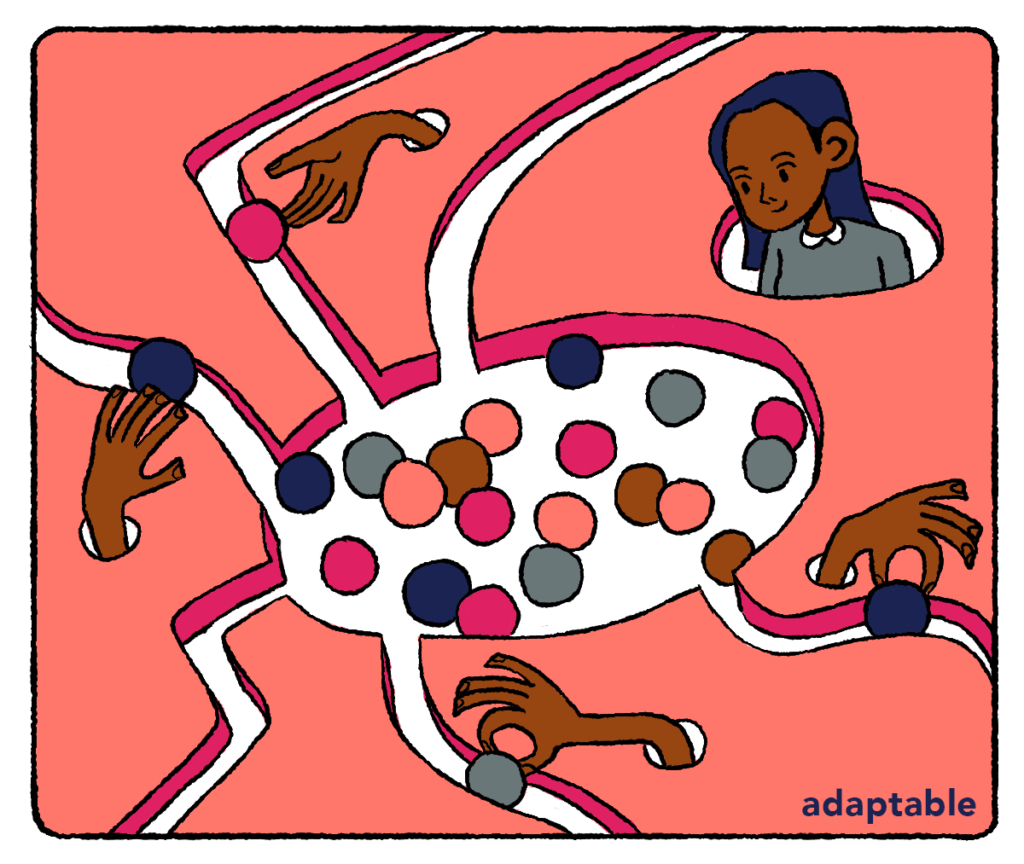
What every business leader should know about “knowledge reuse” (Fast Company)
by FASTCO WORKS
adaptable comment: There were some good business analytics articles this week from McKinsey and from Bain, but I totally identified with this simple post on “knowledge reuse”. It is such a great reminder of how we must begin to accumulate and provide simple access to collective know-how and institutional memory within our organizations. In this day and age, our businesses (if not ecosystems) should be one giant collective brain; with the ability for anyone to have access to the knowledge of the other(s)! This article shows how several companies are doing just that – leveraging technology to capture and to reuse knowledge. I’ll add that organizational culture is needed to do this well!
9.
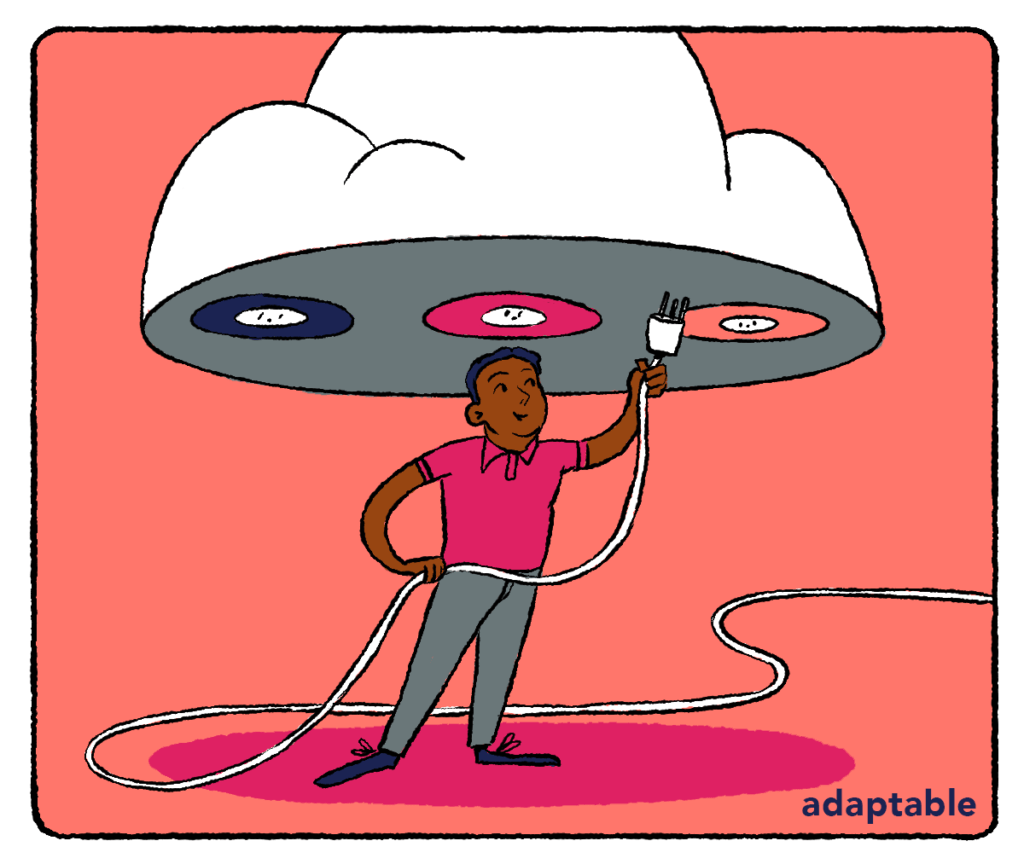
A new framing for cloud innovation (Deloitte)
by Lars Cromley, Diana Kearns-Manolatos, David Linthicum, and Mike Bechtel
adaptable comment: Very interesting article about the different approaches to leverage the merits of cloud computing. It’s amazing to see how quickly companies can respond to a changing environment with the plug-and-play use of cloud applications. The article explores four approaches to cloud architecture – each delivering different benefits and constraints. I appreciated the nuance of the comparison, as I had never thought through it at this level of detail.
10.
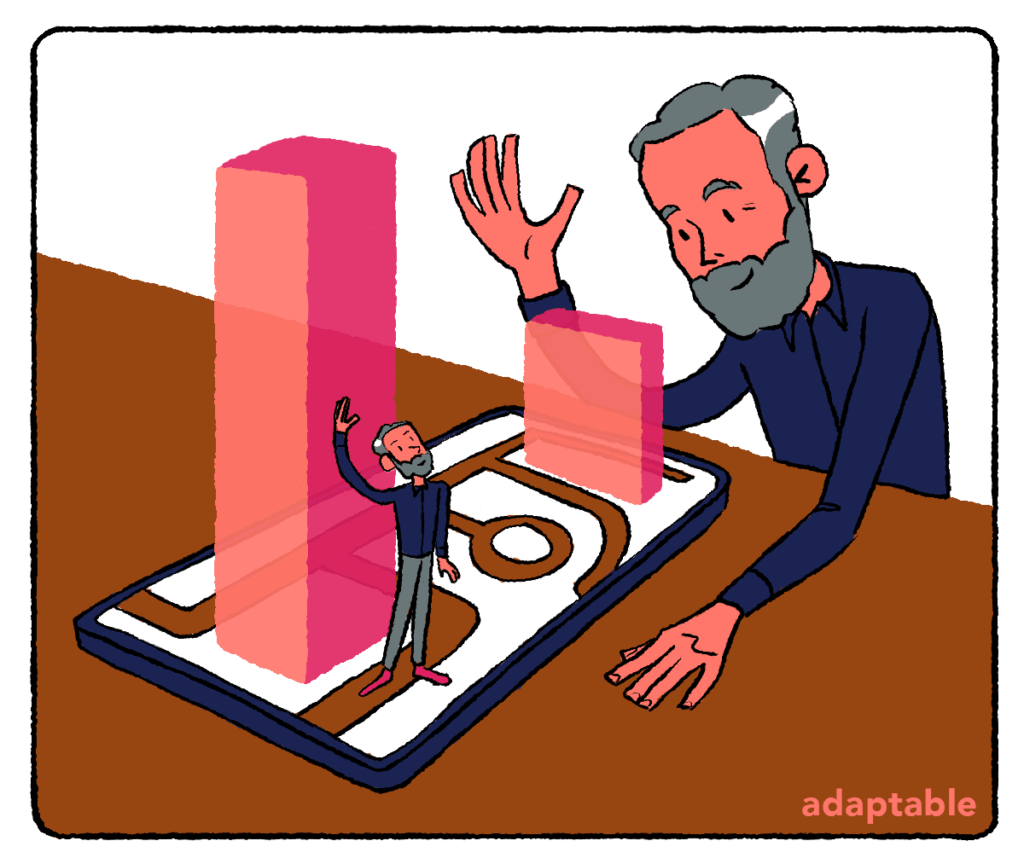
These immersive, virtual 3D models are helping plan the infrastructure of the future (Fast Company)
by Ian Koeppel
adaptable comment: I may be the last to grow tired of “digital twinning”. This is the ability to construct a digital double of a physical or business environment, so you can model and run scenarios to create designs and/or improvements to systems. The technology is here. This article talks about the use of this approach in various aspects of city planning.
